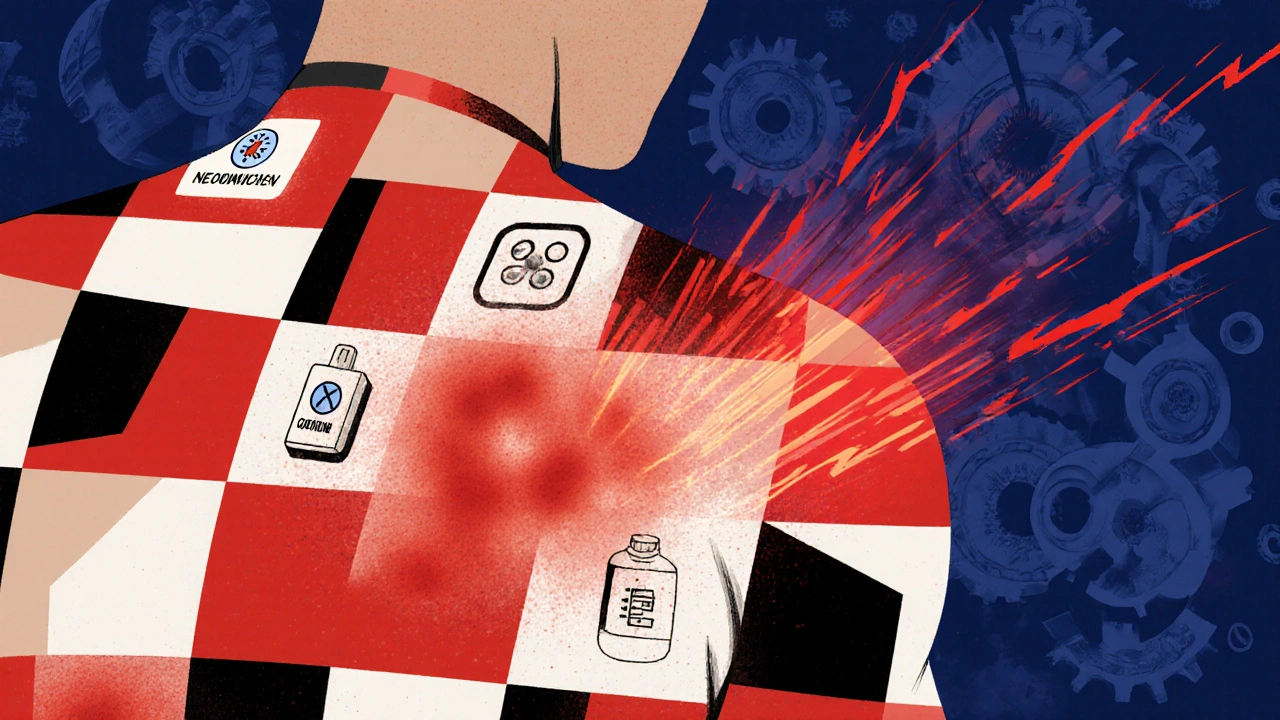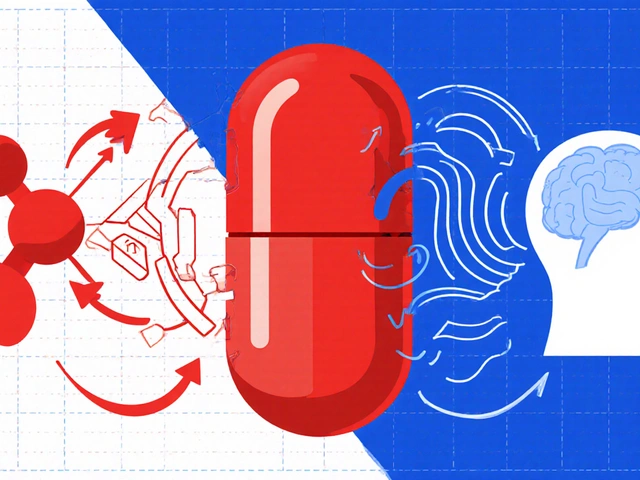Corticosteroid Allergy: Signs, Risks, and Safe Alternatives
When someone says they have a corticosteroid allergy, an immune system reaction to synthetic hormones used to reduce inflammation. Also known as steroid allergy, it's often mislabeled—most people who think they're allergic to corticosteroids aren't actually having an allergic reaction at all. True allergic reactions to corticosteroids are rare. What many call an allergy is usually a side effect—like mood swings, insomnia, or a spike in blood sugar—that gets mistaken for an allergy because it feels unpleasant. Real allergies involve hives, swelling, trouble breathing, or anaphylaxis, and they happen within minutes to hours after taking the drug.
Confusion around corticosteroid allergies leads to dangerous choices. People avoid life-saving treatments like prednisone or dexamethasone because they were told they’re allergic after a bad reaction to a different drug—like a sulfa antibiotic or a nonsteroidal anti-inflammatory. But corticosteroids don’t contain sulfa, and they’re chemically different from NSAIDs. This misunderstanding is why so many patients end up with worse outcomes. If you’ve been told you’re allergic, ask for an allergist evaluation. Skin testing or graded challenges can prove whether you’re truly allergic or just intolerant to side effects.
Not all steroids are the same. There are inhaled corticosteroids for asthma, topical creams for eczema, injections for joint pain, and oral pills for autoimmune conditions. An allergy to one form doesn’t mean you’re allergic to all. For example, someone who reacts to oral prednisone might tolerate an inhaler just fine. And if you really are allergic, there are alternatives—like leukotriene inhibitors for asthma, or immunosuppressants like methotrexate for autoimmune flare-ups. The key is knowing exactly what you’re reacting to, not just what you’ve been told.
Many of the posts in this collection help you untangle these kinds of medication myths. You’ll find real stories about people who avoided needed treatments because of incorrect allergy labels, and others who found safe options after proper testing. There’s also guidance on how to talk to your doctor about steroid reactions, how to recognize true allergic symptoms, and what to do if you’ve been wrongly labeled. You won’t find fluff here—just clear, practical info that helps you make smarter choices with your health.





